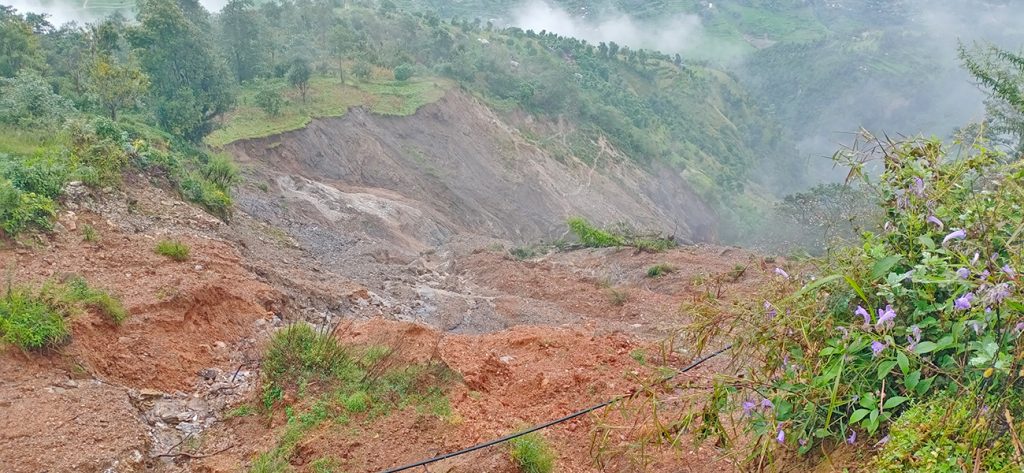
The terminologies—natural disasters and natural hazards—have been in debate as experts in various fields offer diverse perspectives in their definitions. Sometimes these terms seem interchangeable at first glance, but the nuances in their definitions highlight the complexity of understanding and mitigating the impacts of environmental events.
Traditionally, the term natural disasters has been widely used to describe catastrophic events caused by natural phenomena such as earthquakes, floods, and landslides.
This terminology often highlights the destruction and loss caused by these events, portraying them as unavoidable tragedies that occur indiscriminately.
Defining hazard and disaster
However, critics argue that labelling these events as disasters implies a sense of inevitability and fatalism, which downplays the role of human actions in exacerbating their impacts.
On the other hand, the term natural hazard refers to the potential threats posed by environmental phenomena, emphasising the risk they pose to human life and property. Unlike natural disasters, which suggest an inevitable outcome; natural hazards underscore the importance of proactive measures such as preparedness, mitigation, and adaptation to minimise the impacts of these events.
By framing these occurrences as hazards, there is an implicit recognition of human agency in shaping their outcomes and the possibility of reducing their severity through effective risk management strategies.
The distinction between natural disasters and natural hazards is not merely semantic but reflects different philosophical and practical approaches to understanding and responding to environmental events.
While some argue for the continued use of natural disasters to highlight the urgency of addressing the immediate impacts of these events, others advocate for a shift towards the term natural hazard to promote a more proactive and holistic approach to disaster risk reduction.
Considering the official definition provided by the United Nations Office for Disaster Risk Reduction (UNDRR),
Hazard: A process, phenomenon or human activity that may cause loss of life, injury or other health impacts, property damage, social and economic disruption or environmental degradation.
Disaster: A serious disruption of the functioning of a community or a society at any scale due to hazardous events interacting with conditions of exposure, vulnerability, and capacity, leading to one or more of the following: human, material, economic, and environmental losses and impacts.
The observation

A quick observation of the definition of hazard and disaster may sound the same. However, diving into the depth, several keywords present differences. The annotation provided along with the definition has further elaborated the differences. The annotation elaborates disaster as an incident requiring additional support for coping makes it different from a hazard defined just as an incident.
Thus, taking an example, an incident in the forest, which people do not need to cope with, is just a hazard despite having some impacts on the environment; however, immediate action might be required for the incident which is nearby and likely to impact lives and livelihood of people, this can be considered a disaster.
In 2021, the United Nations University- Institute for Environment and Human Security published an annual science-based report entitled Interconnected Disaster Risks. Based on the thorough scientific analysis and technical background, it summarised the analysis of several disastrous events and evaluated their interconnectedness with each other and human actions.
The report concluded that disaster is associated with hazard, exposure, and vulnerability. The hazards are prominent, but they become a disaster when they impact a community or people not adequately protected, further supported by physical and social vulnerability factors.
The report also suggested that hazards can be stopped from becoming disasters by increasing the resilience of people and infrastructures. The statements were later supported by the UNDRR through an article published on its website and made an announcement also through official social media that “#NoNaturalDisasters – Hazards may be natural. Disasters are not.
Next time you hear the phrase natural disaster step up to the mark and correct the speaker: “There is no such thing as a natural disaster.”
The post Natural disaster or natural hazard? Even experts interchangeably use these terms appeared first on OnlineKhabar English News.
Comments
Post a Comment